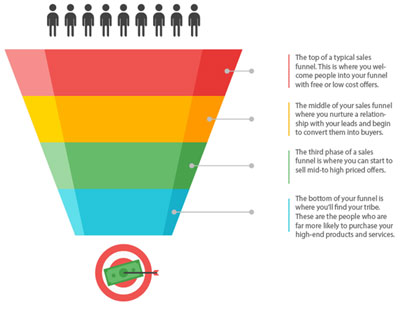-

Revolutionize Your Career: Close the Skills Gap with Oil and Gas Online Courses
Read more: Revolutionize Your Career: Close the Skills Gap with Oil and Gas Online CoursesOil and gas online courses emerge as technology reshapes our world, it’s also revolutionizing learning in the oil and gas
-

Transform Your Sales Funnel Game: Unlock Digital Marketing Mastery with Fast Funnel
Read more: Transform Your Sales Funnel Game: Unlock Digital Marketing Mastery with Fast FunnelIntroduction Exploring sales funnel software is a critical step toward outpacing your competition in the dynamic digital landscape. A well-crafted
-

How to Identify Best Debt Relief Company and Safeguard Against Debt Settlement Scams
Read more: How to Identify Best Debt Relief Company and Safeguard Against Debt Settlement ScamsIntroduction In the labyrinth of debt management, discerning between genuine aid and deceitful traps is paramount. Unveiling the shadowy tactics
-

Hiring a Freelancer on Fiverr: The Ultimate Guide
Read more: Hiring a Freelancer on Fiverr: The Ultimate GuideIntroduction Hiring a freelancer on Fiverr can feel like navigating a vast sea of possibilities. With countless options and considerations,
-

How to Make Money Online with Sales Funnels
Read more: How to Make Money Online with Sales FunnelsUnderstand Sales Funnels and Make Money Online A sales funnel is a strategic system designed to make money online by
-

Systeme.io: The Game-Changing Sales Funnel Builder You Need To Know About
Read more: Systeme.io: The Game-Changing Sales Funnel Builder You Need To Know AboutSysteme.io is a powerhouse sales funnel builder tools tailor-made for the modern entrepreneur. It simplifies the complexities of managing an